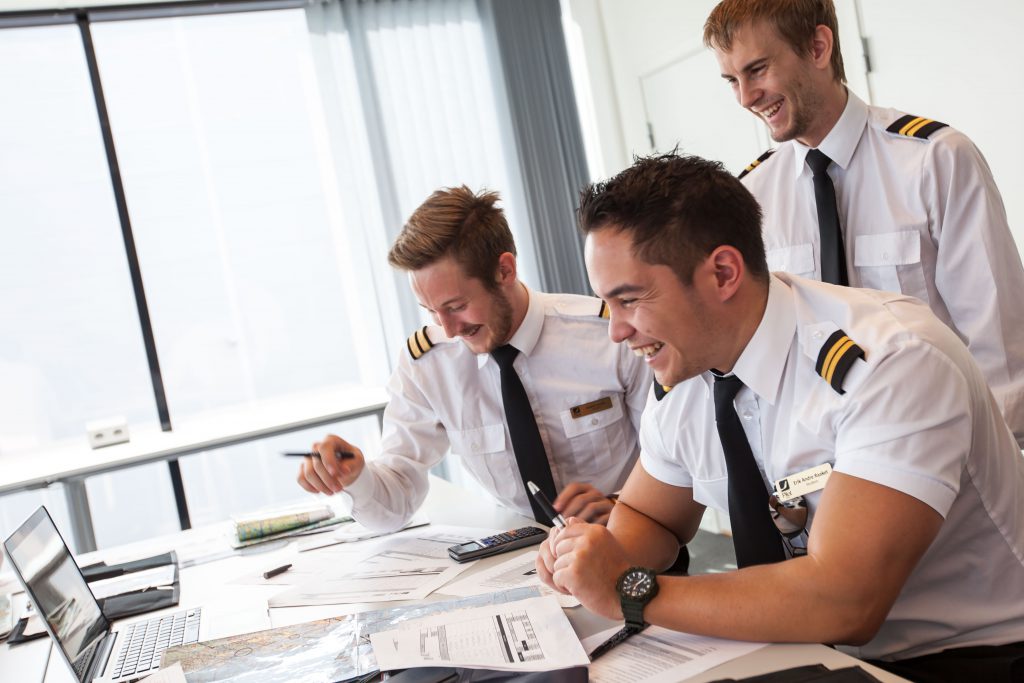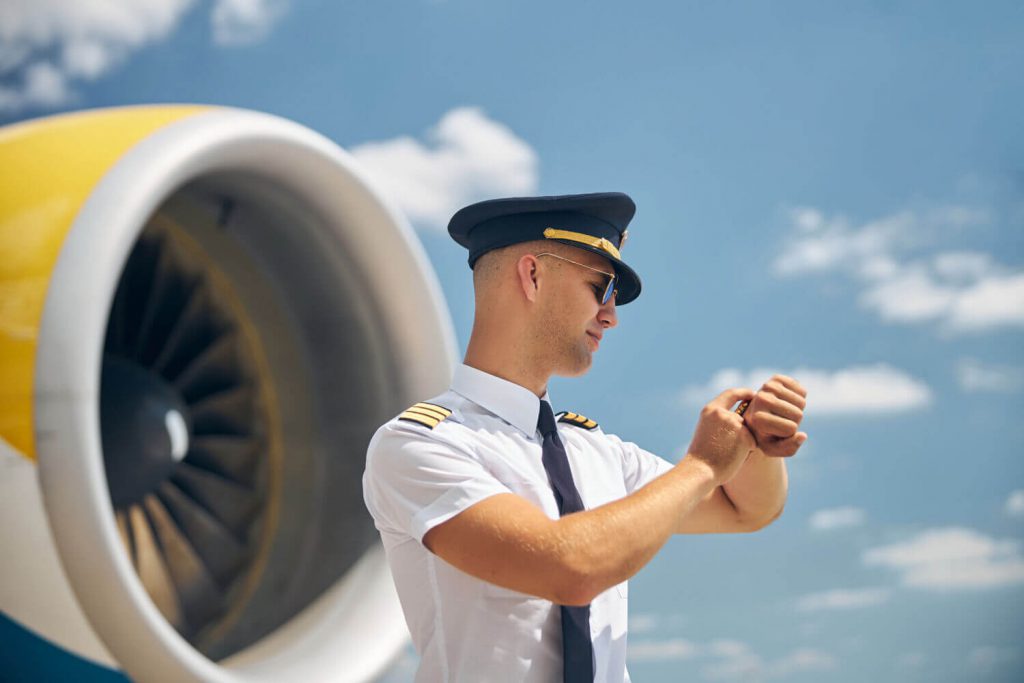- +91 96988 93988 Make a call
- director@gskaviationacademy.in Drop us a line
- 4/168-B,Near RTO Office,Punganur, Trichy-620009. Get Direction
Pilot Courses(CPL ,PPL) Home > Courses
Diploma in Pilot Courses Training (CPL ,PPL)
CPL (Commercial Pilot License) and PPL (Private Pilot License) are two different types of pilot licenses with varying privileges and training requirements. Here’s a description of each:
Private Pilot License (PPL):
The PPL is the first step towards becoming a pilot and is designed for individuals who want to fly recreationally or for personal purposes. It allows the license holder to fly an aircraft for non-commercial purposes and carry passengers without receiving compensation.

Here are the key features of a PPL course:
Ground School: PPL courses typically include theoretical training in subjects such as aviation regulations, aerodynamics, meteorology, navigation, aircraft systems, and flight planning.
Flight Training: PPL flight training focuses on developing fundamental flying skills. It includes flight maneuvers, takeoffs, landings, navigation, emergency procedures, and cross-country flying. The minimum required flight hours for a PPL vary by country, but it is typically around 40-50 hours.
Solo Flights: As part of the PPL training, students are required to complete a certain number of solo flight hours. These flights allow students to gain experience and confidence in operating an aircraft independently.
Written and Practical Examinations: After completing the required flight hours and passing the written examination, students undergo a practical flight test conducted by a certified examiner. Successful completion of the test leads to the issuance of a PPL.
Commercial Pilot License (CPL):
The CPL is a more advanced pilot license that allows individuals to fly aircraft for commercial purposes and receive compensation as a pilot. It is a stepping stone towards pursuing a career as a professional pilot. Here’s an overview of a CPL course:
Advanced Flight Training: CPL courses build upon the skills acquired during PPL training and focus on advanced flight maneuvers, precise flying techniques, instrument flying, cross-country navigation, night flying, and more. The flight training curriculum is designed to meet the specific requirements set by the aviation authority.
Instrument Flight Rules (IFR) Training: CPL training includes training in flying under Instrument Flight Rules (IFR). This involves learning to navigate and control the aircraft using instruments alone, without relying on visual references. IFR training is crucial for pilots who plan to fly in adverse weather conditions or in controlled airspace.
Flight Navigation and Cross-Country Flying: CPL training emphasizes the development of navigational skills and cross-country flight planning. Pilots learn to plan and execute flights to various destinations, including dealing with factors like weather, airspace restrictions, and communication with air traffic control.
Multi-Engine Training: CPL courses often include training on multi-engine aircraft. This training focuses on the operation, performance, and handling characteristics of aircraft with more than one engine.
Crew Resource Management (CRM): CPL training includes CRM, which emphasizes effective communication, decision-making, and teamwork within the cockpit. It prepares pilots for working in a multi-crew environment and enhances flight safety.
The specific requirements, training hours, and curriculum for CPL and PPL courses can vary based on the aviation authority and the country in which the training is conducted. It’s important to consult with certified flight training schools or aviation authorities to obtain accurate and detailed information about the specific requirements and training programs for CPL and PPL licenses in your region.

JOB OPPORTUNITIES
Completing a pilot course opens up various job opportunities within the aviation industry. Here are some potential career paths and job opportunities for individuals who have successfully completed pilot training:
1. Commercial Airline Pilot: Many pilots aspire to fly for commercial airlines. Upon obtaining the necessary licenses and flight experience, pilots can apply to work as first officers or co-pilots for airlines. With further experience and flight hours, they can progress to become captains or airline transport pilots, operating large commercial aircraft.
2. Charter and Corporate Pilot: Charter and corporate pilots fly for private companies or individuals who own or lease aircraft for business or personal travel. These pilots often operate smaller aircraft and have the opportunity to fly to various destinations, providing a more personalized and flexible flying experience.
3. Flight Instructor: After gaining the required flight experience, pilots can become flight instructors. Flight instructors play a crucial role in training and mentoring aspiring pilots, sharing their knowledge and expertise to help them develop their flying skills. Flight instructors can work at flight schools, universities, or independent training organizations.
4. Air Ambulance Pilot: Air ambulance services require pilots to transport patients who require medical assistance to healthcare facilities. These pilots often work in challenging conditions and play a vital role in ensuring the safe and timely transportation of critically ill or injured individuals.
Eligibility
Eligibility for admission to the course is Higher Secondary certificate (10+2) from a recognized board.
- Age – In between 17-27 Yrs.
- Qualification: +2/ Degree / Diploma Pass / fail.
- No visible tattoos.
- Appearance: Positive body language.

Your Trusted School of Aviation
Everything should be as simple as it is, but not simpler as you
